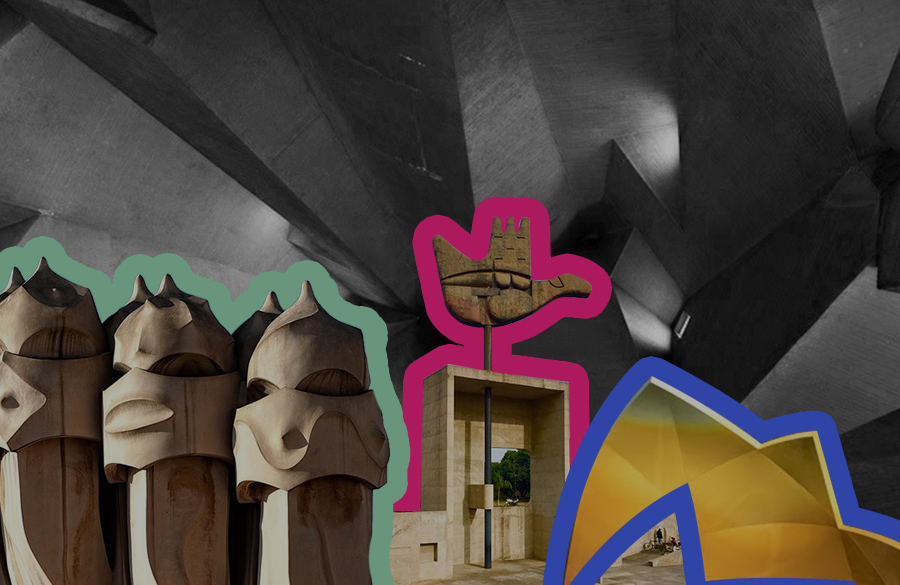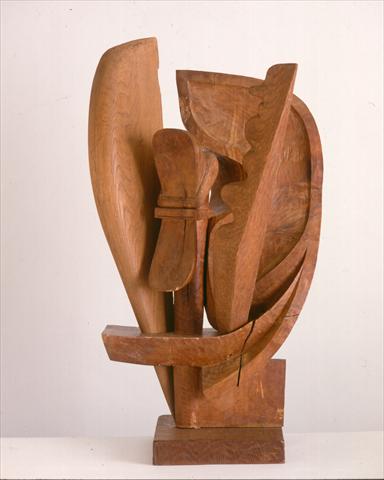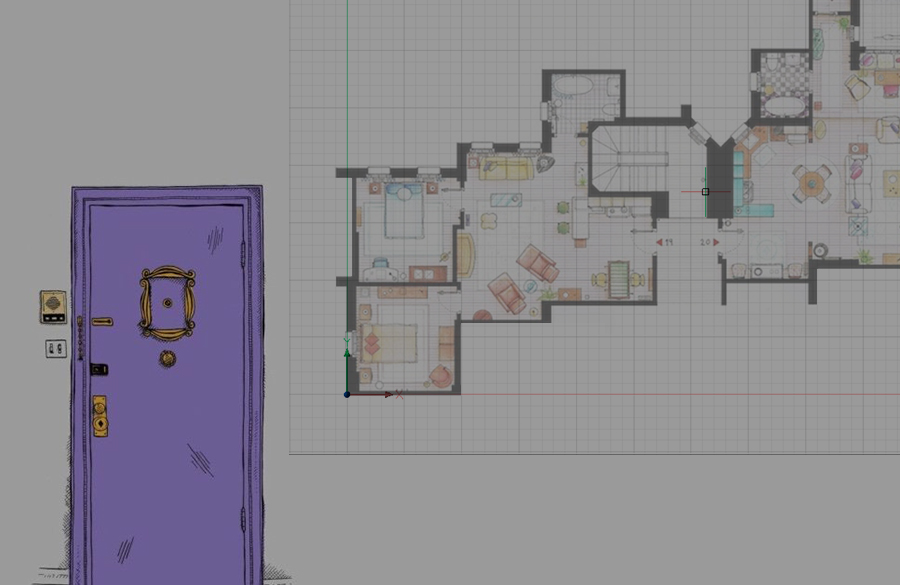The development in modern building technology has caused the growth of spatial sculpture and many 20th-century sculptors can be said to have treated their work in an architectural manner. Here is a list of few famous architects who are sculptors too.
There has always been a blurry line between sculpture and architecture. Architecture and sculpture, both are concerned with three-dimensional form. Both disciplines have been closely related through their role as architectural decoration and the level of design with a critical responsibility to address the physical space and consider tenets of form, scale, and material. Architecture and sculptures spiel the components of the masses primarily. With so many parallels between the two art forms, many famous architects have also carved their niche as sculptors. The development in modern building technology has caused the growth of spatial sculpture and many 20th-century sculptors can be said to have treated their work in an architectural manner. Here is a list of few famous architects who are sculptors too.
1. Le Corbusier
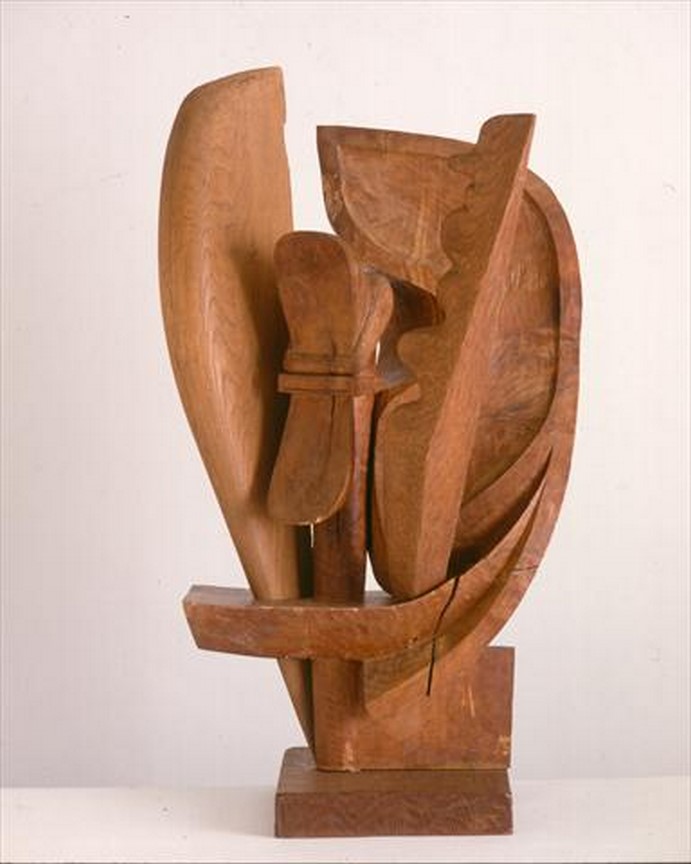
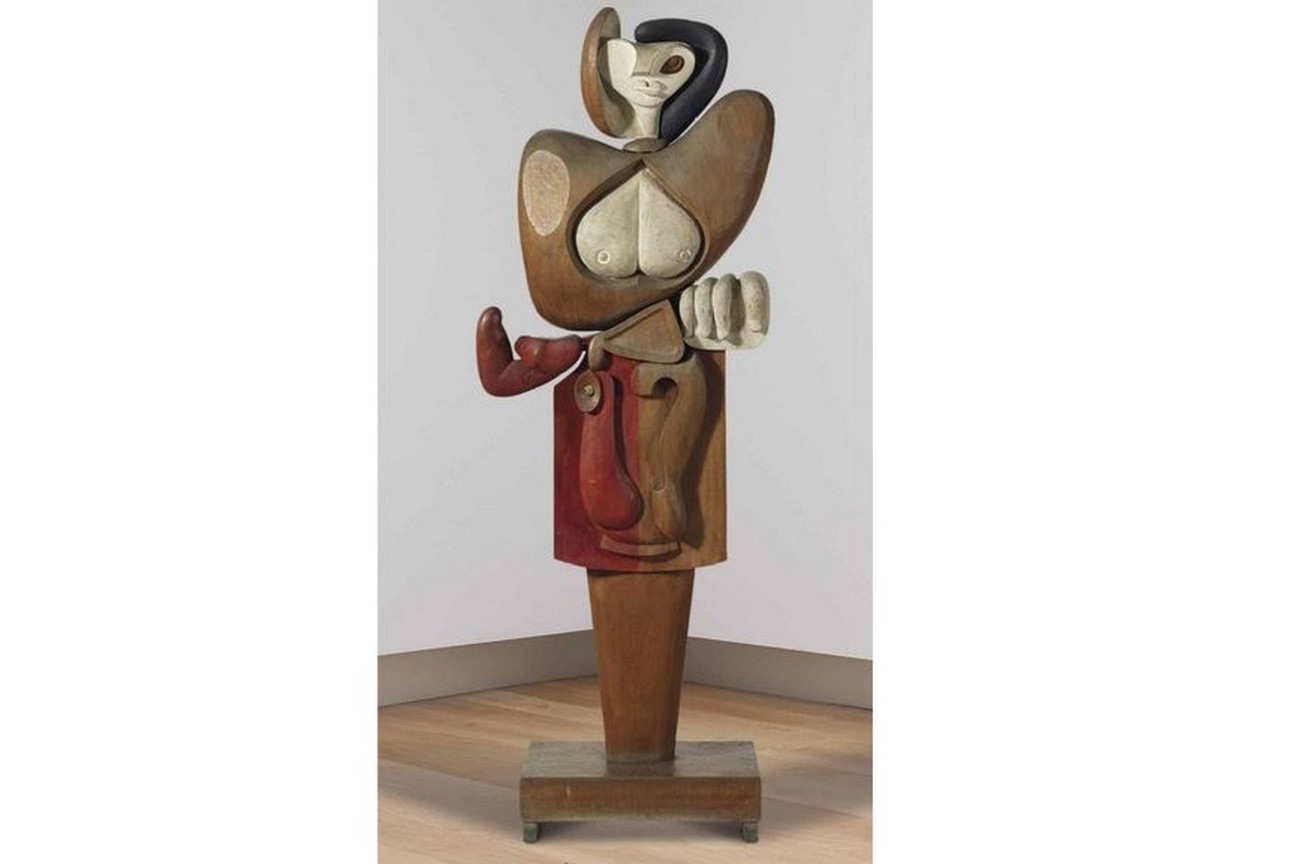
Le Corbusier, one of the most important and influential architects in history and a key figure in understanding 20th-century modernity and contemporary living, was a complete artist: architect, urban planner, painter, sculptor, and designer! His work in architecture and urban planning has been widely celebrated and critically acclaimed. Acknowledged as a spearhead of Modernist architecture, Le Corbusier abandoned his idea of Purism in the 1950s, and probably that is where his sculpture stems come from. His works are robust and turned from being lightweight to a more rustic feel with massive walls and splashes of bright color. The most expensive Le Corbusier work ever sold at the auction is Femme, a wooden statue completed by Le Corbusier in 1962 and sold for 3.1 million francs ($3.3 million). Below are a few of the sculptures by him. His work is considered the international emblem of the Modern Movement in architecture.
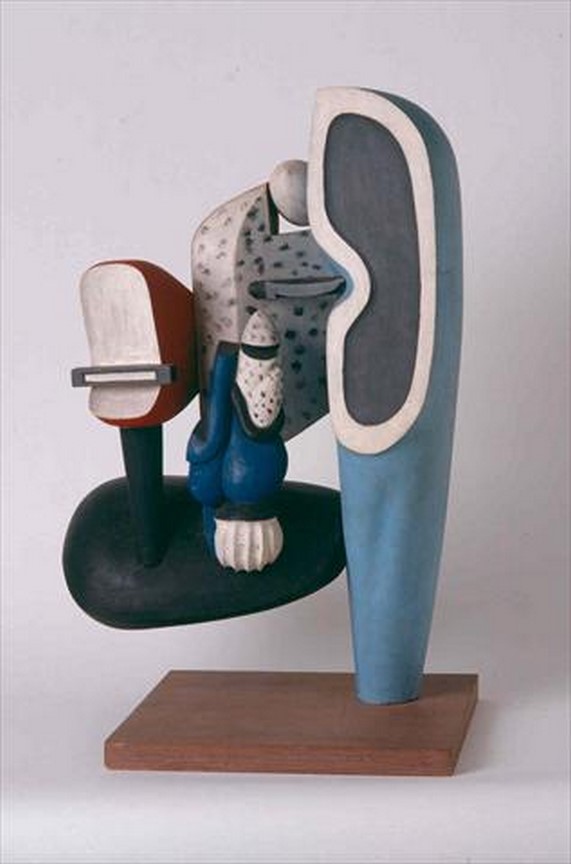
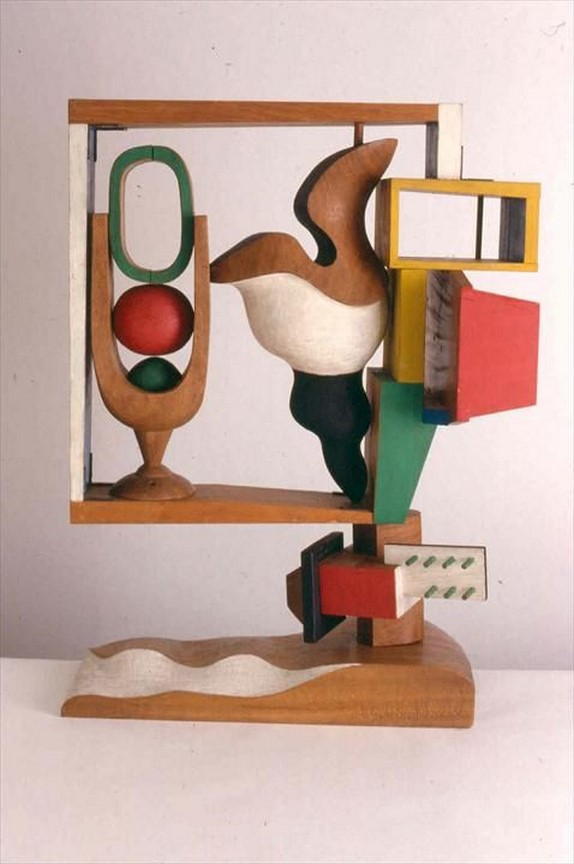
Le Corbusier was mesmerized with the image of the Open Hand and constructed many sculptures of it over his lifetime. For him, it’s a sign of peace and reconciliation and the symbol of our epoch, also expressing the unity of humanity.
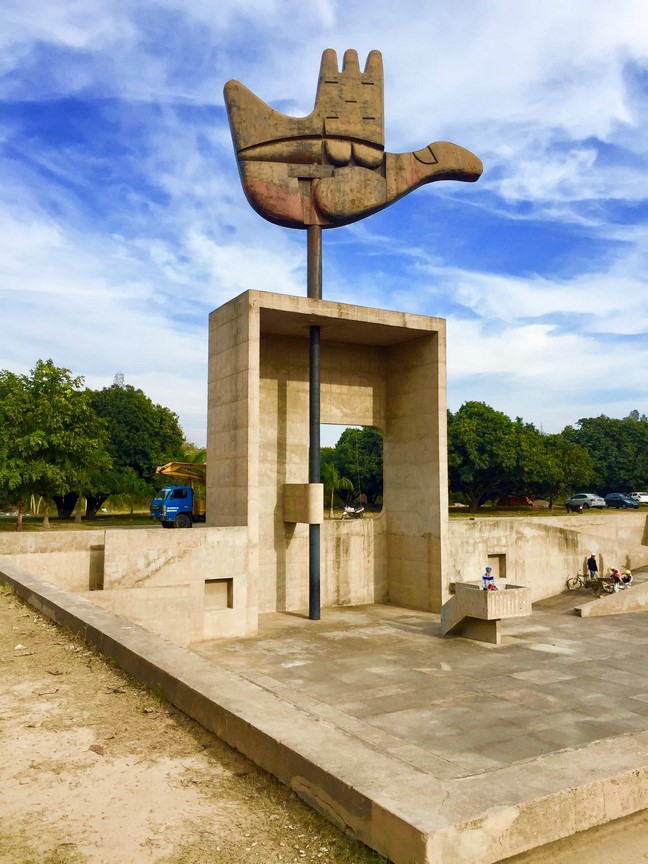
2. Daniel Libeskind
Known for the design of the Jewish Museum in Berlin, Architect Daniel Libeskind of Studio Libeskind is acknowledged for many puissant works of architecture across the world. Along with creating marvelous pieces of architecture, Libeskind has done impressive works of sculpture too. An affinity towards new geometries and echoing the strong lines and shapes of his buildings, his installations offer him an alternative outlet for ideas. His work of sculptures is not limited to public elements but a bold and poetic statement interpreted as a warning: ‘Humanity is at a crossroads in a world where resources and space are under attack. We are moving into a cultural shift from sustainability to viability. We can no longer distinguish if nature is culture or culture is nature’. His designs perpetuate the contemporary ways of thinking that signify light, the earth, the sky, and the possibilities of movement.
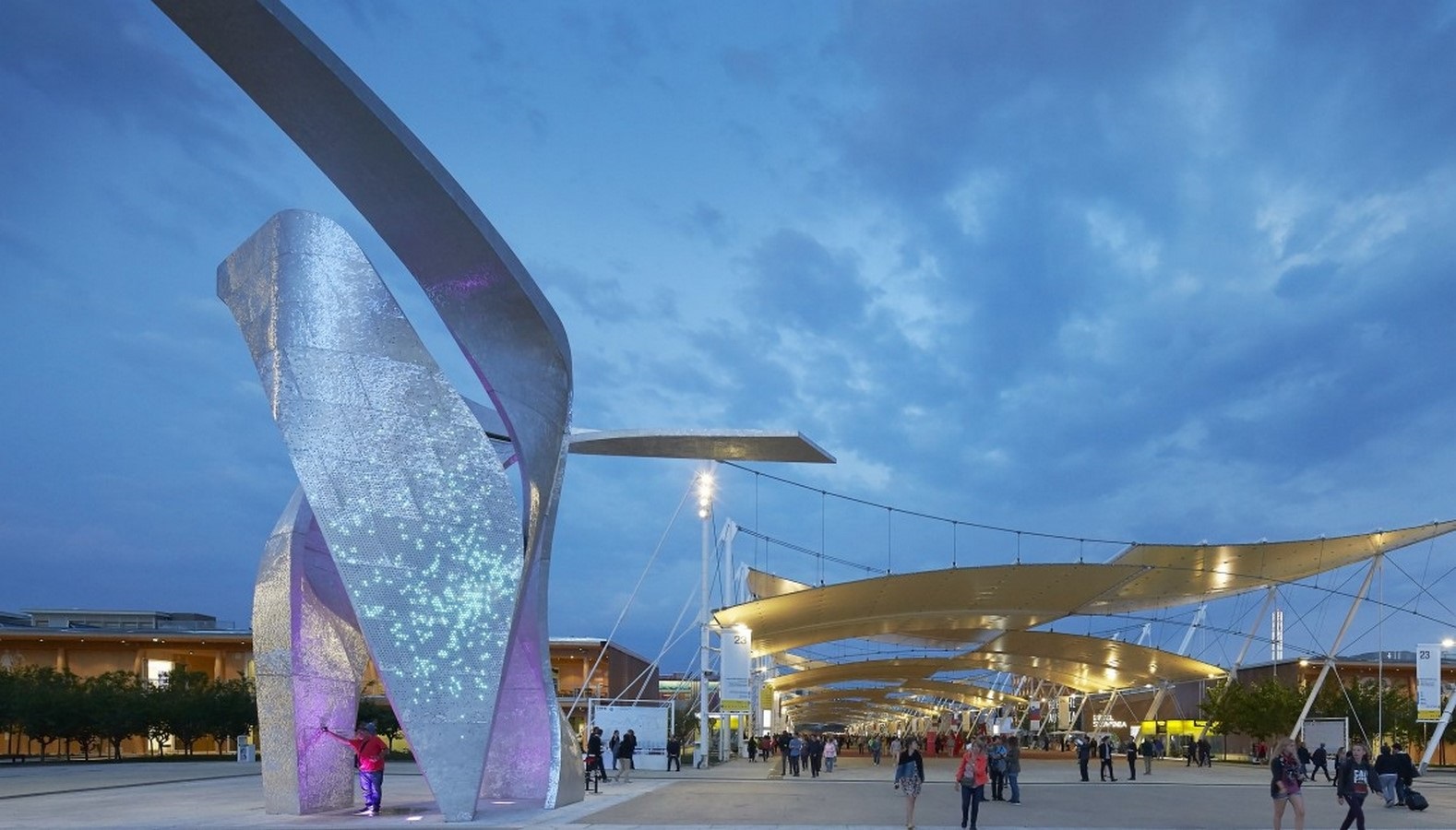

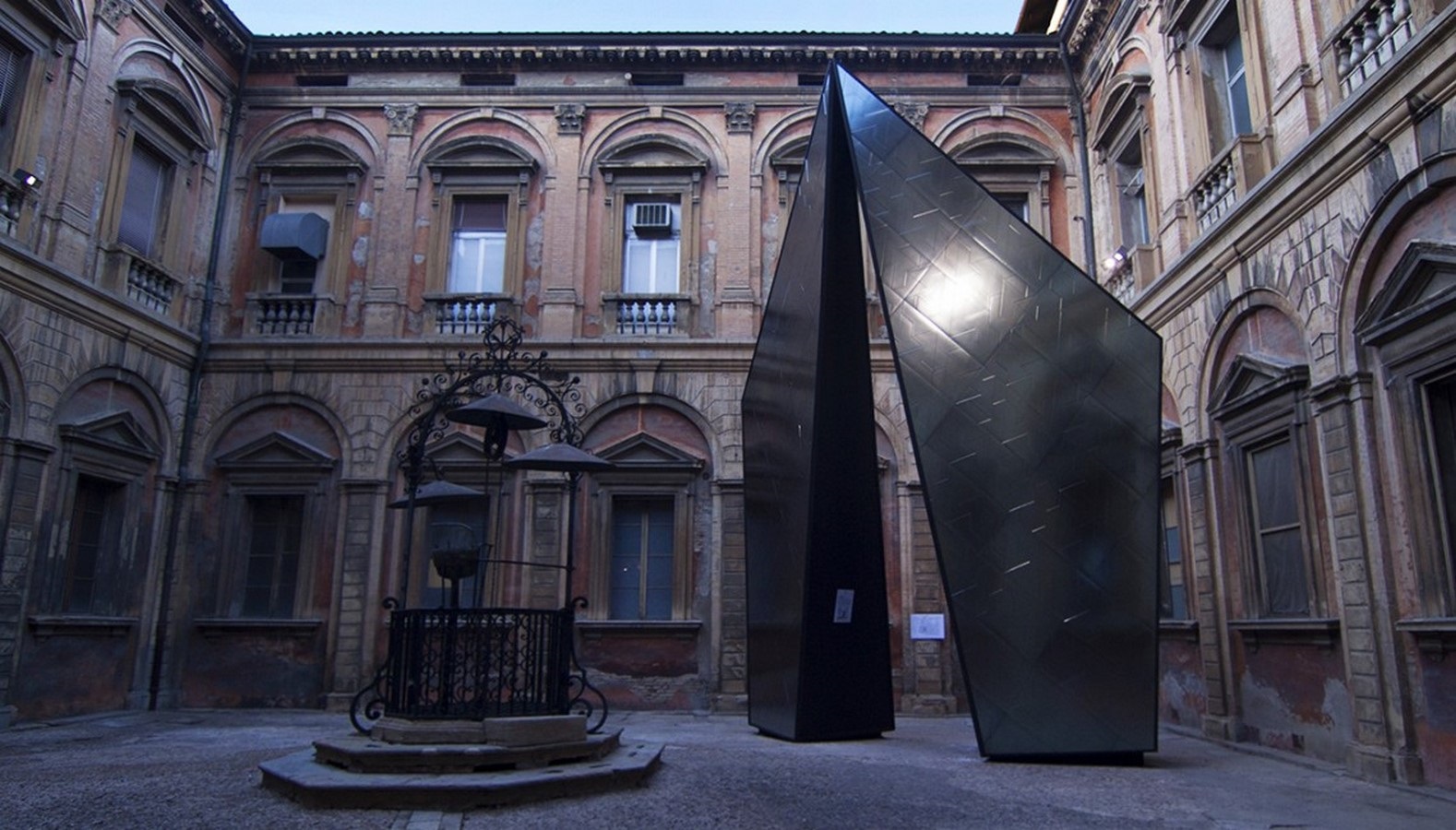
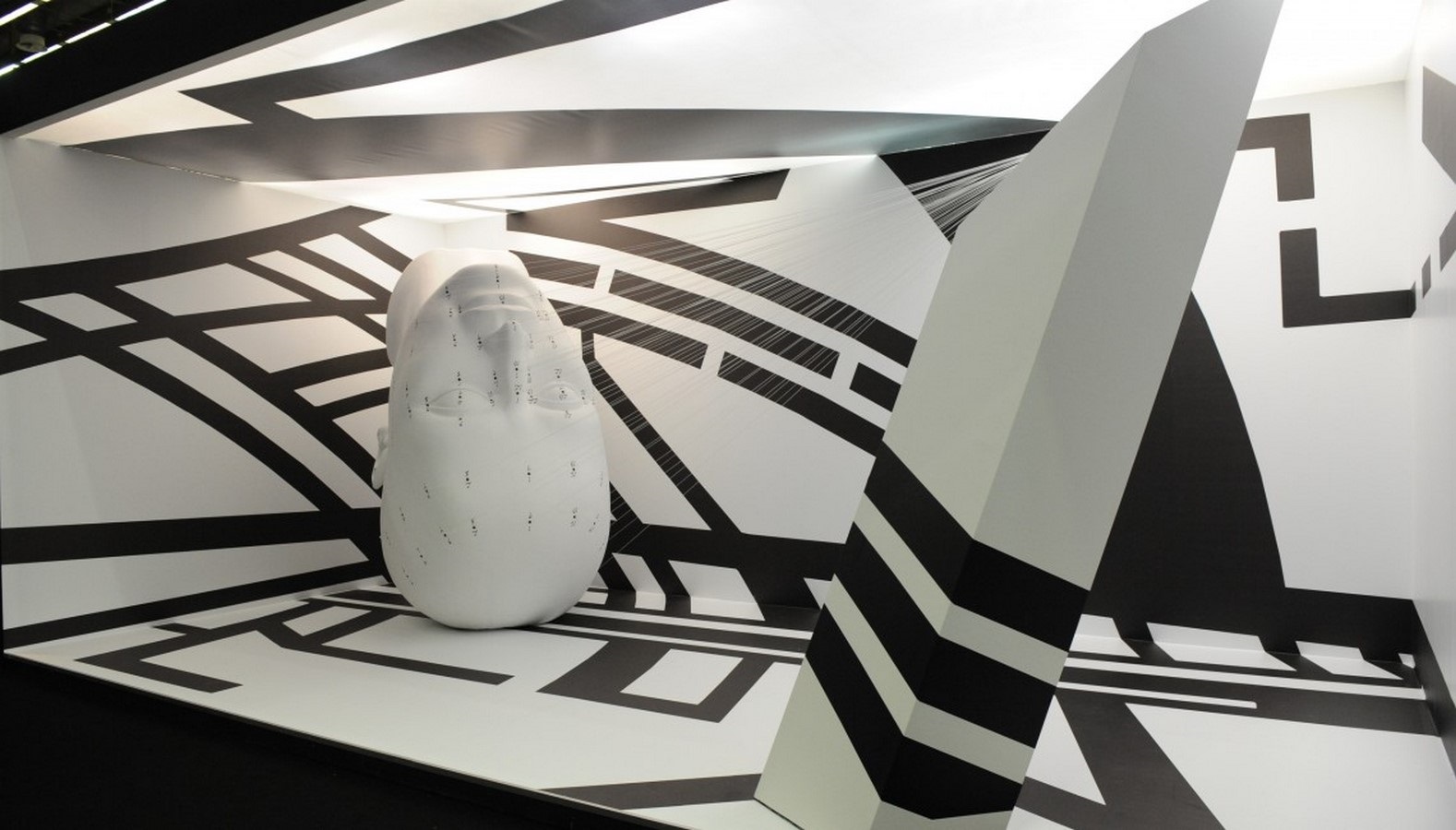
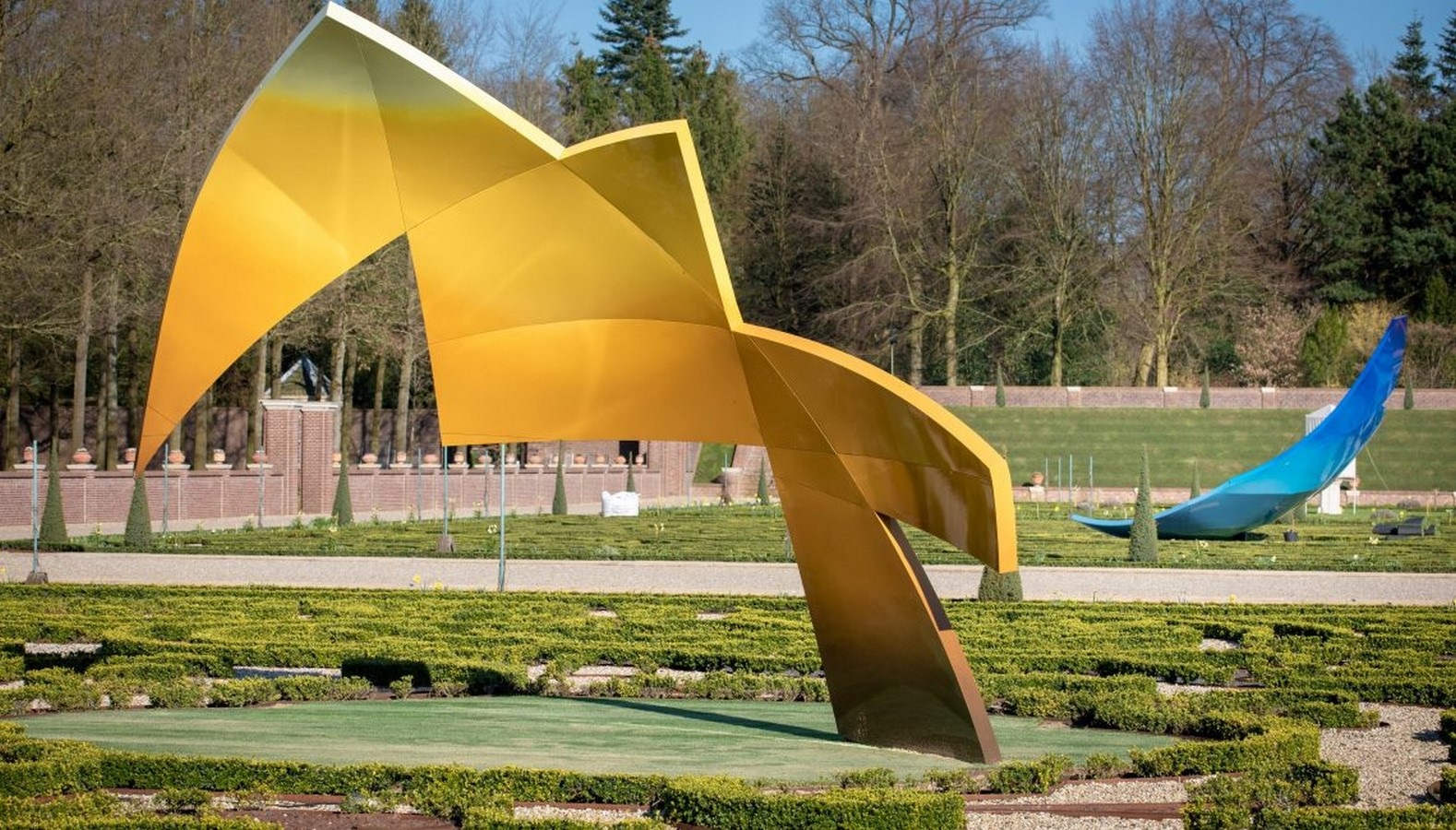
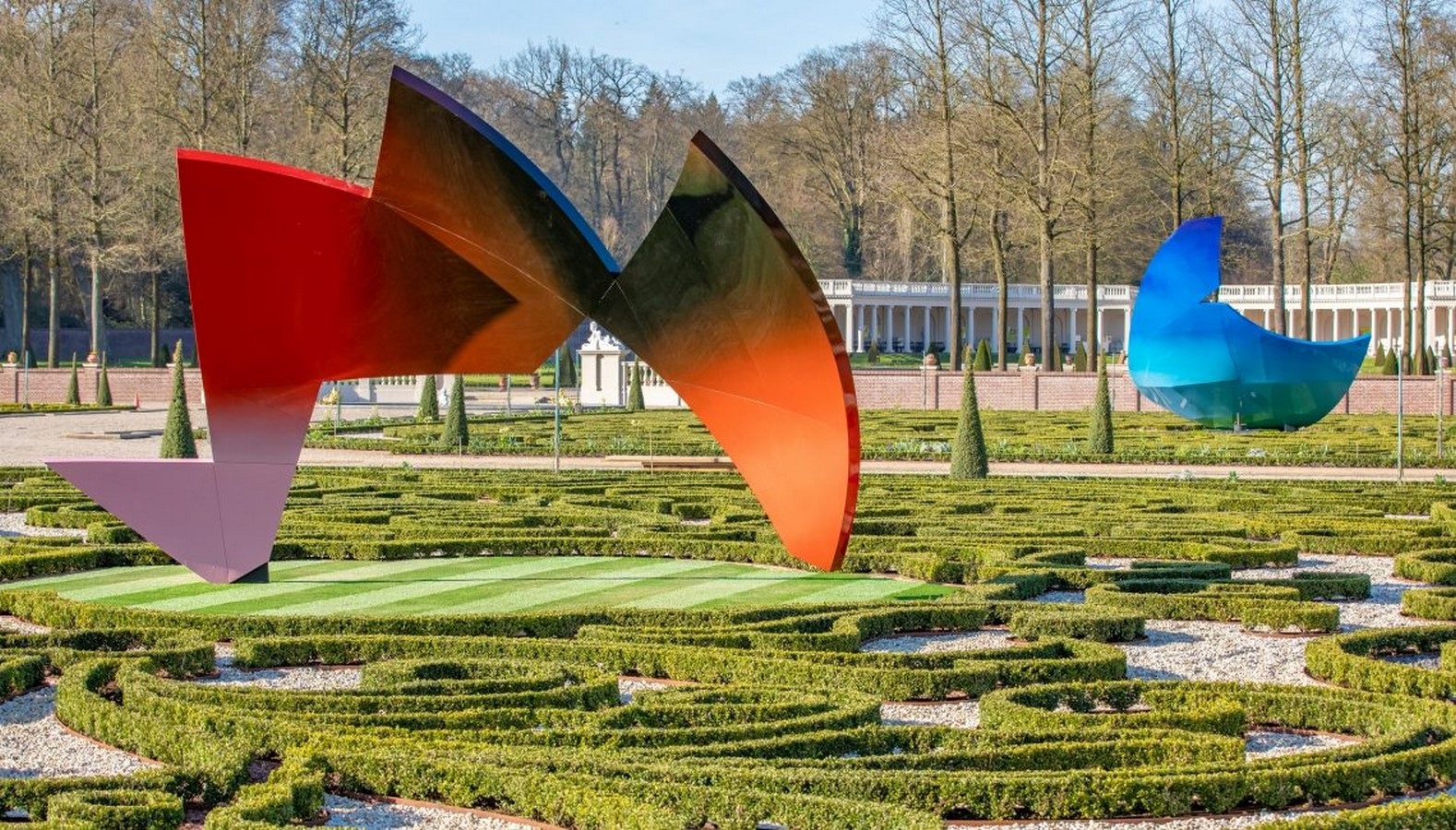
3. Antoni Gaudi
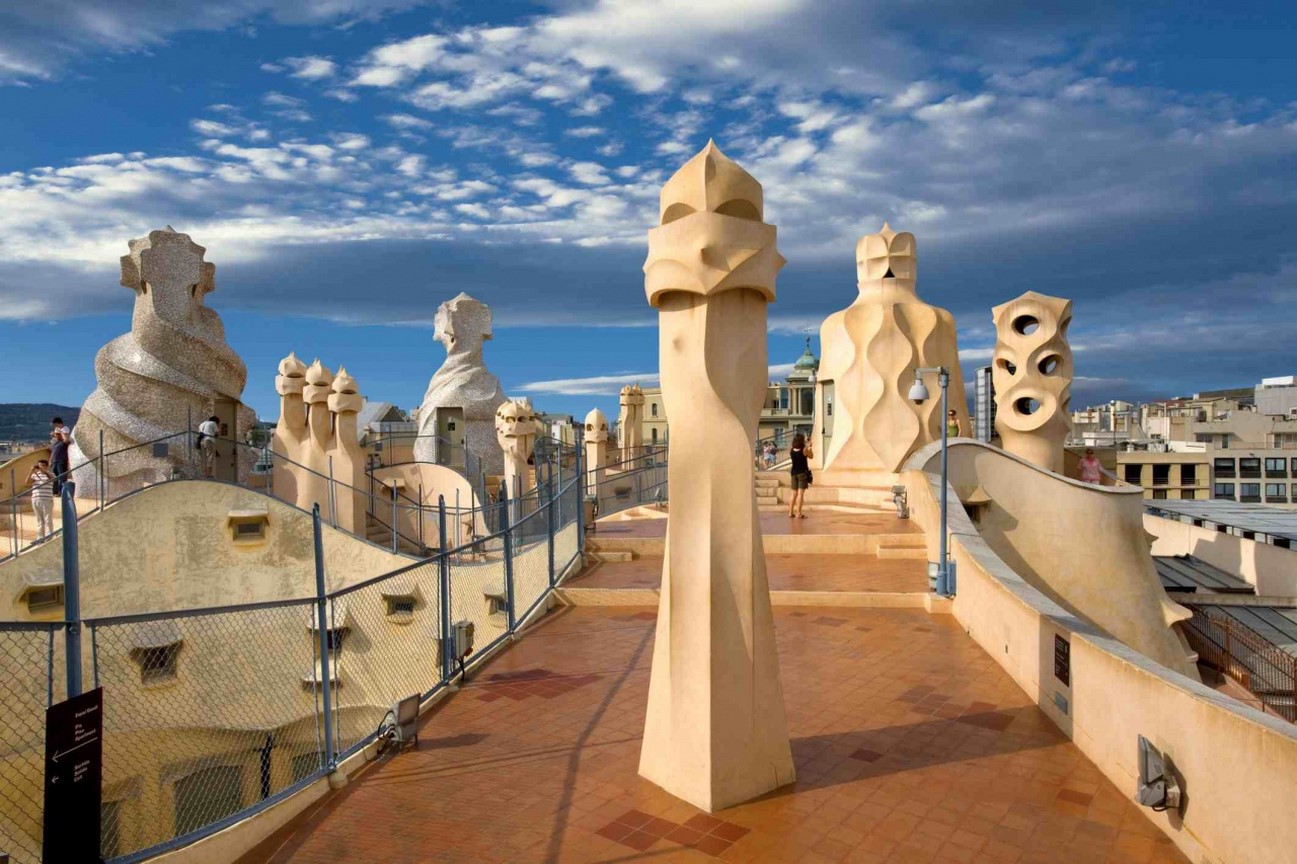
Antoni Gaudi was a Barcelona-based Catalan architect whose free-flowing works were greatly influenced by nature. Since the beginning, Gaudi expressed great appreciation for nature, especially the environment in and around his native region of Catalonia. Gaudi has a unique style and is respected today as an innovator in many ways. For long, he was referred as an Art Nouveau architect, but recently he is appraised as a singular genius amongst Catalan and European contemporaries of his time. Gaudi did a lot of experiments in parabolic structures and studied them by making models in his workshop. The forms inspired by nature and surroundings, combined with a richness of the decorative surfaces, colors, and materials, leave quite an impression on his buildings and continue to attract notice well into the future.
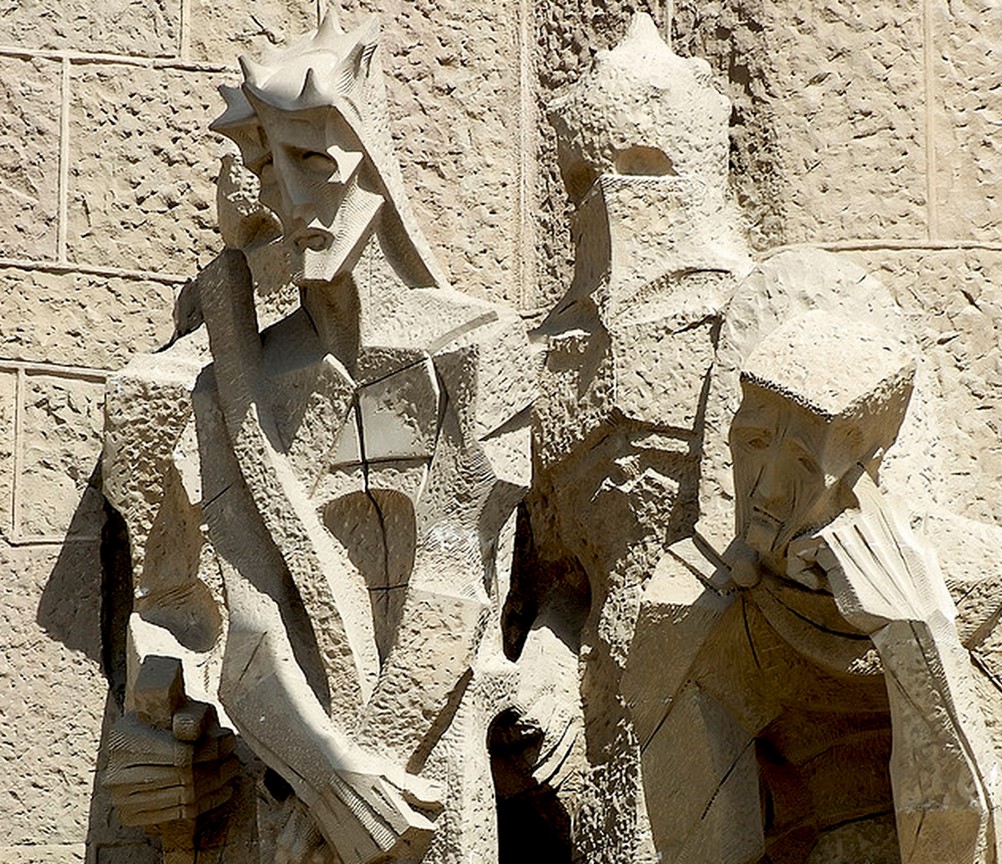
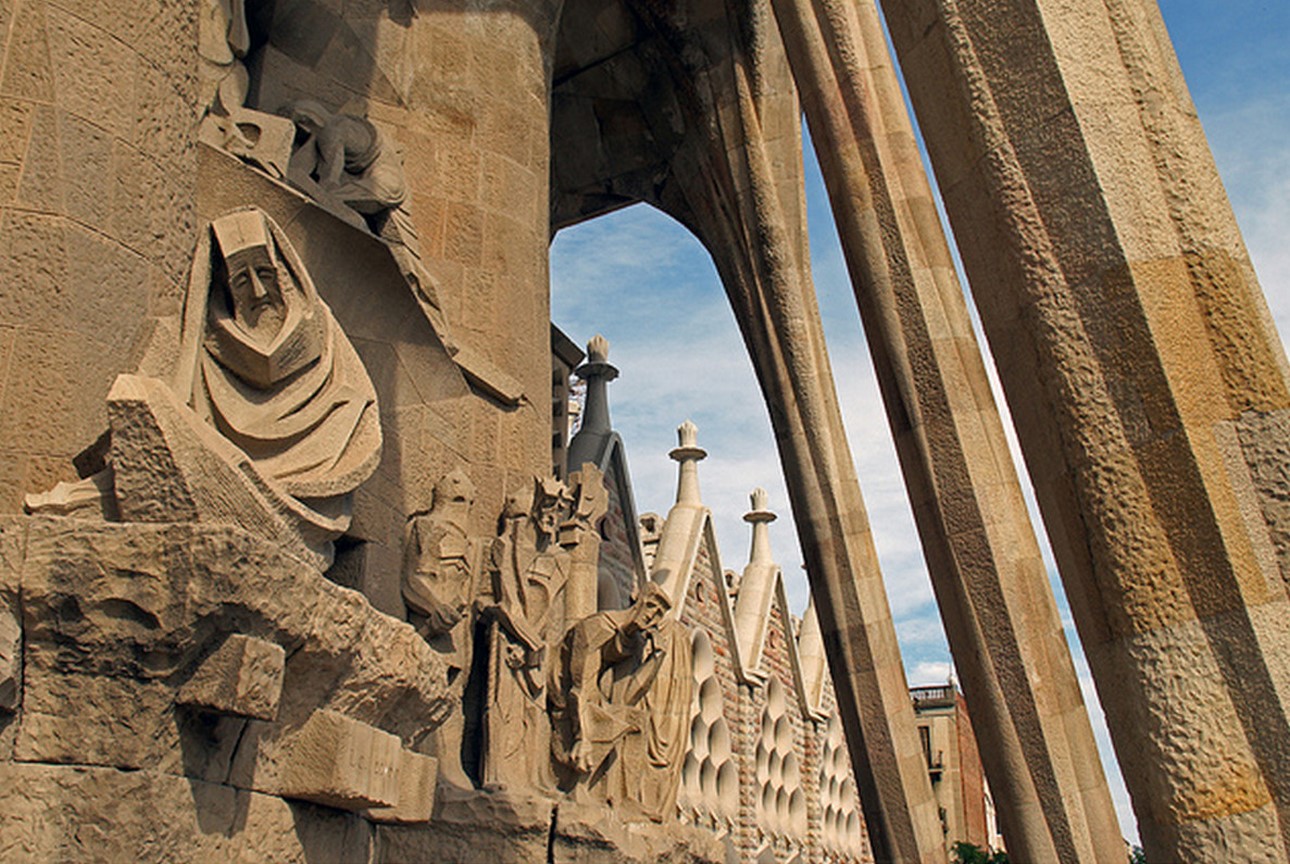

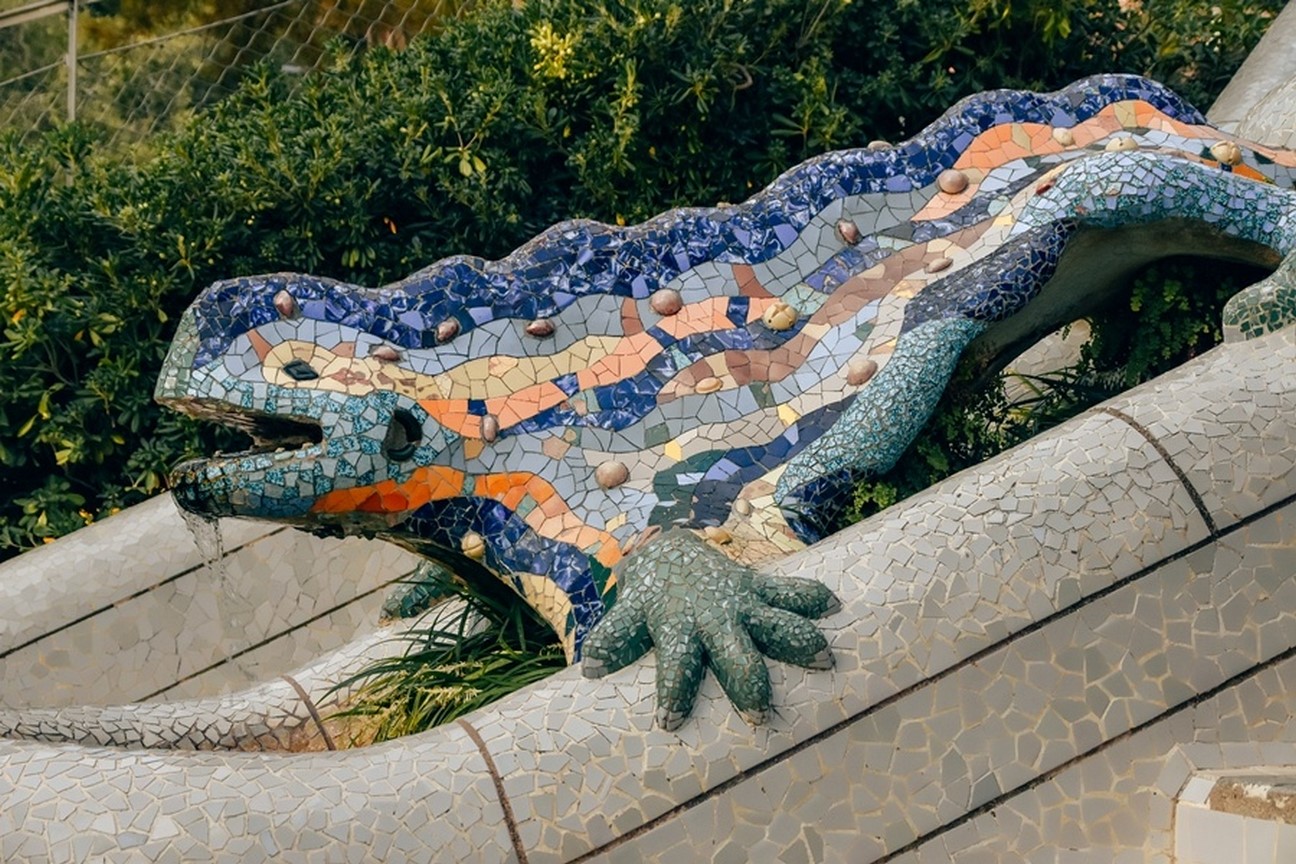
4. Santiago Calatrava
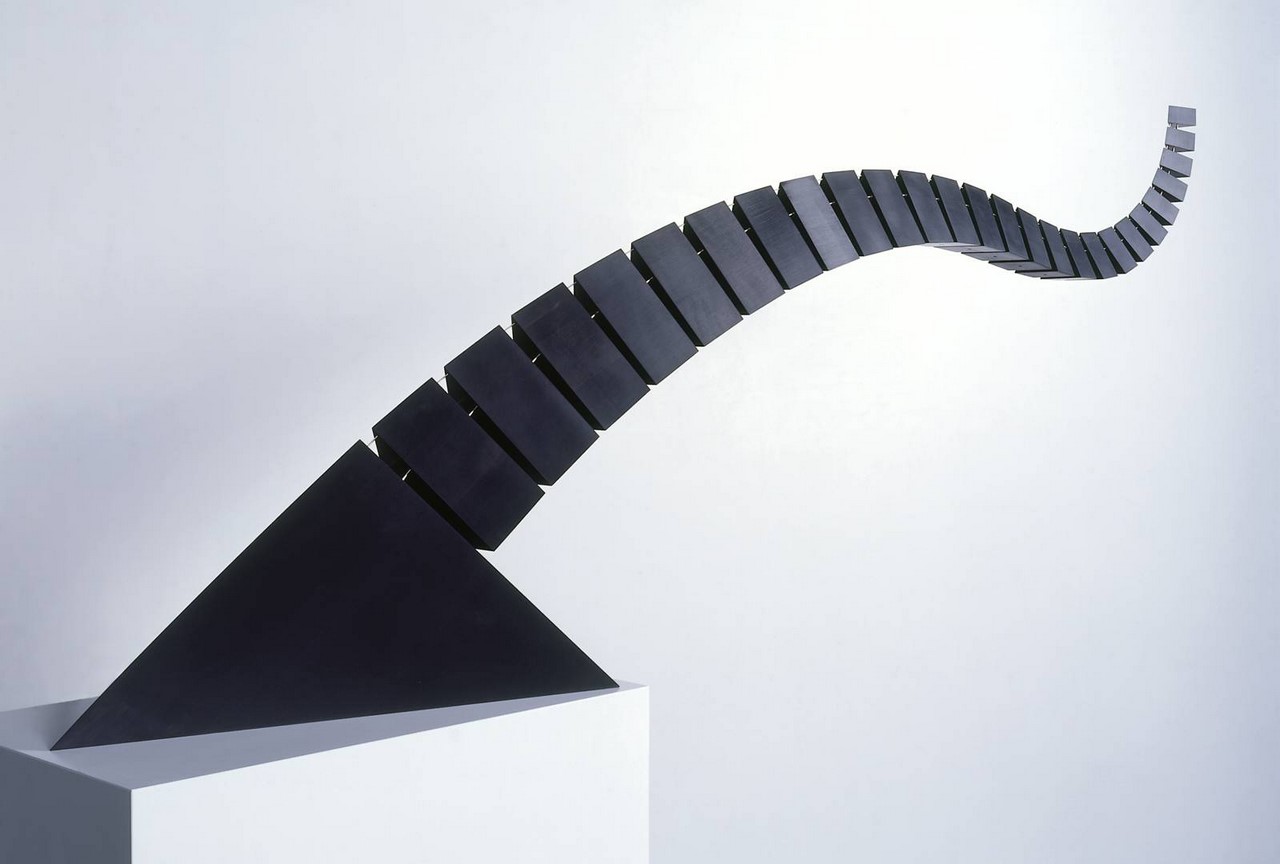
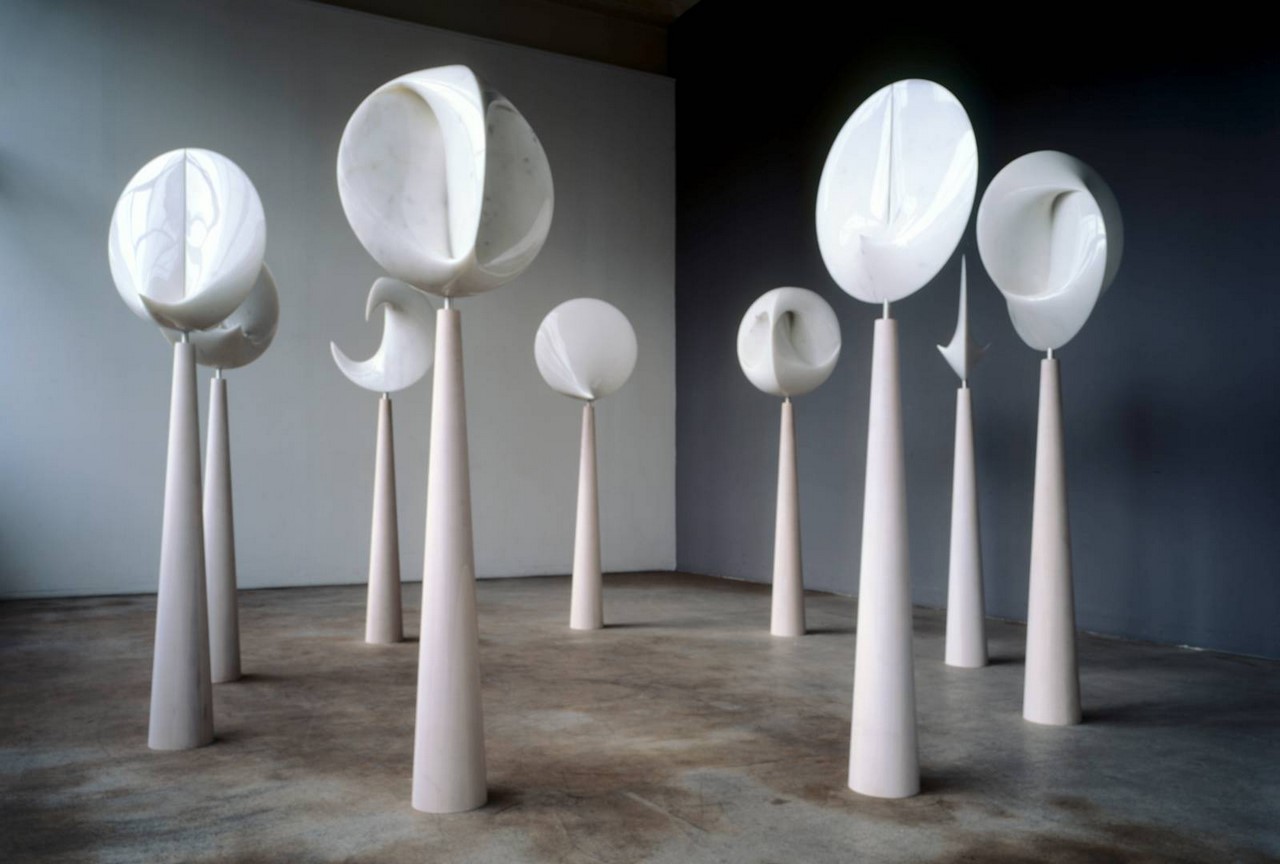
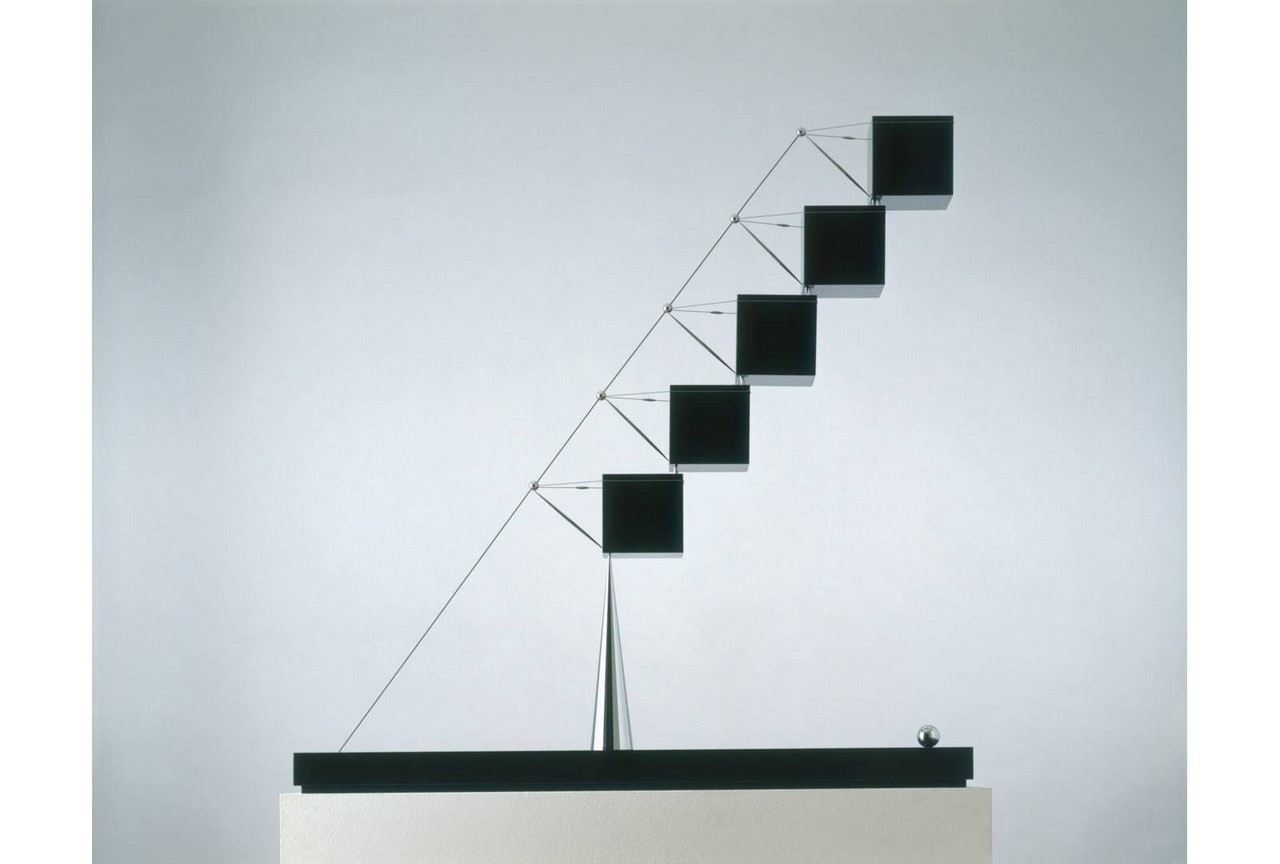
Courageous neo-futurist architect and structural engineer Santiago Calatrava is one of the most celebrated and controversial architects of the time, known for his sculptural buildings and over 50 bridges worldwide. Calatrava received praise throughout his career for his work that seems to defy the tangible realm and permeate a sense of motion into still objects. Born and raised in Valencia, Calatrava grew up wanting to be an artist and took great inspiration from nature. He gained a reputation for his ability to blend advanced engineering solutions with dramatic visual statements, in both bridges and buildings. Calatrava is known for his ingenuity to stir advanced engineering solutions with dramatic visual narratives in both bridges and buildings. His experimentation was not just limited to buildings, but he is an artist too. His sculptures have a visible relevance of his style in architecture.
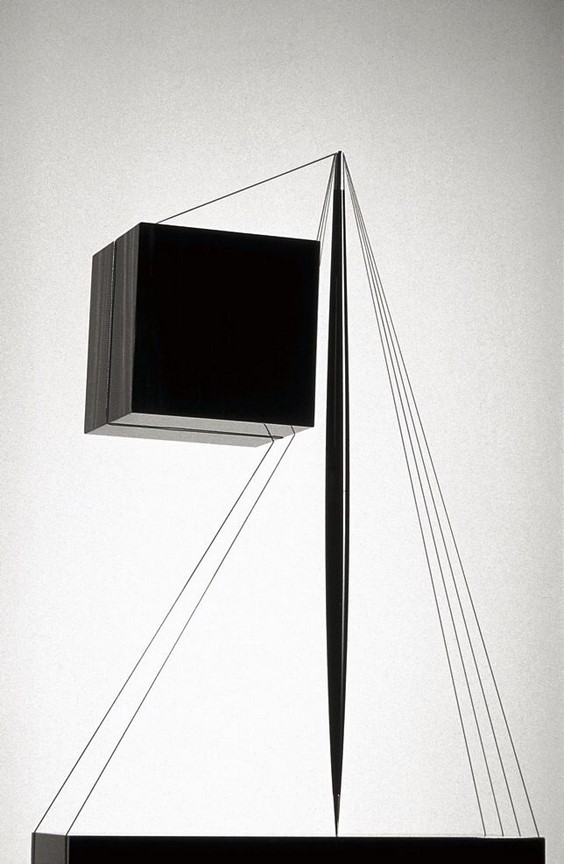
5. Gottfried Bohm
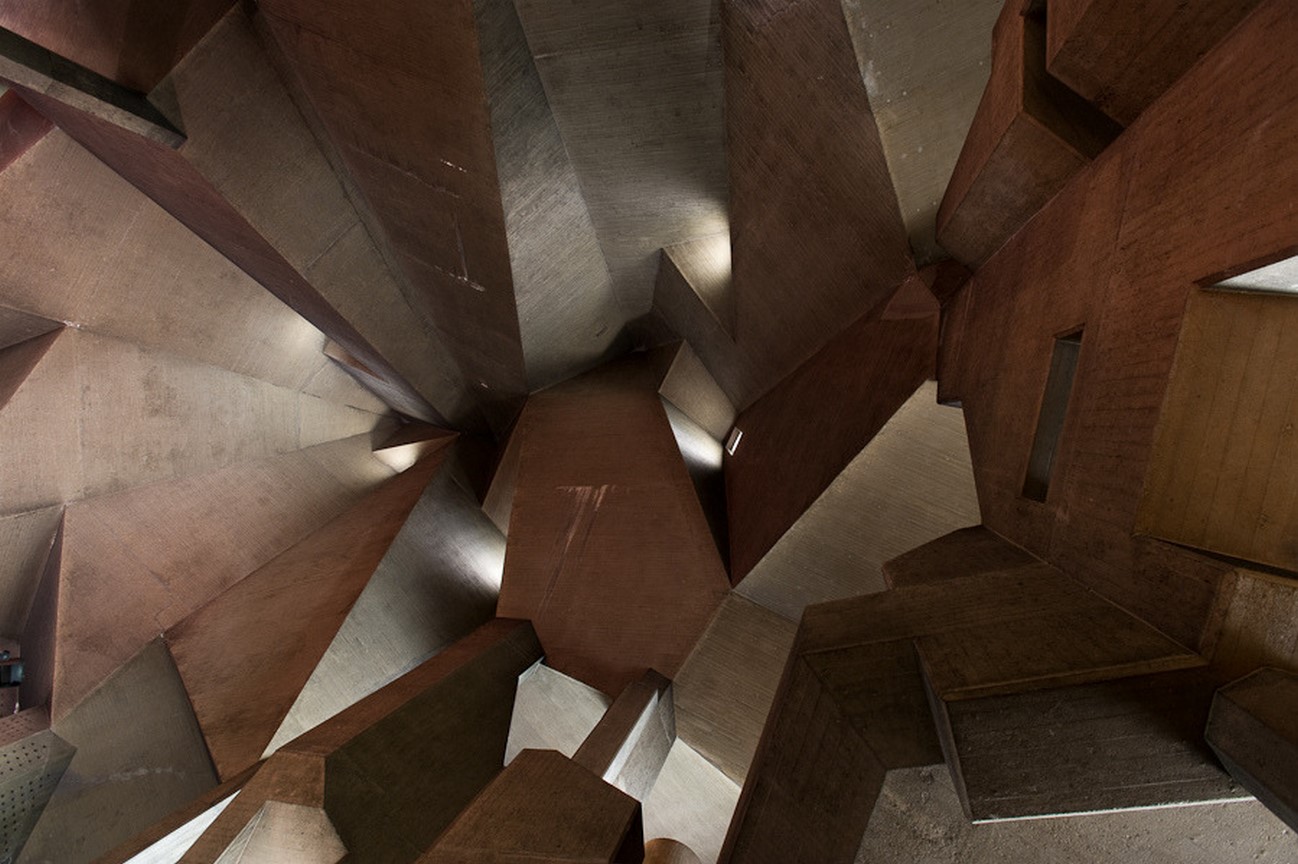
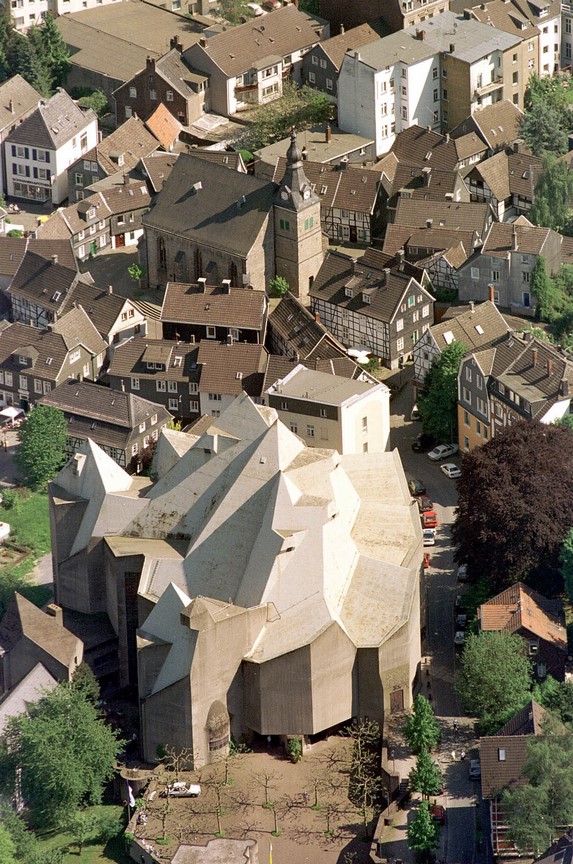
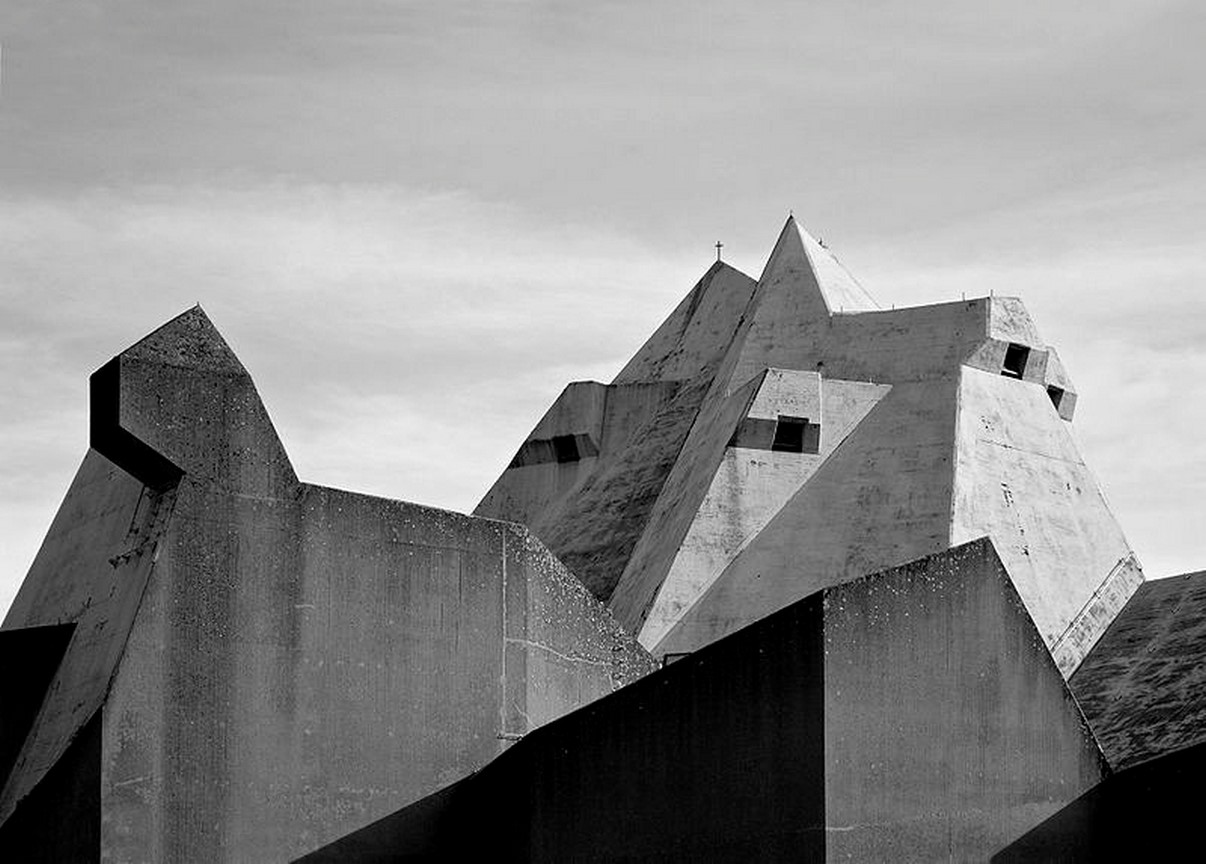
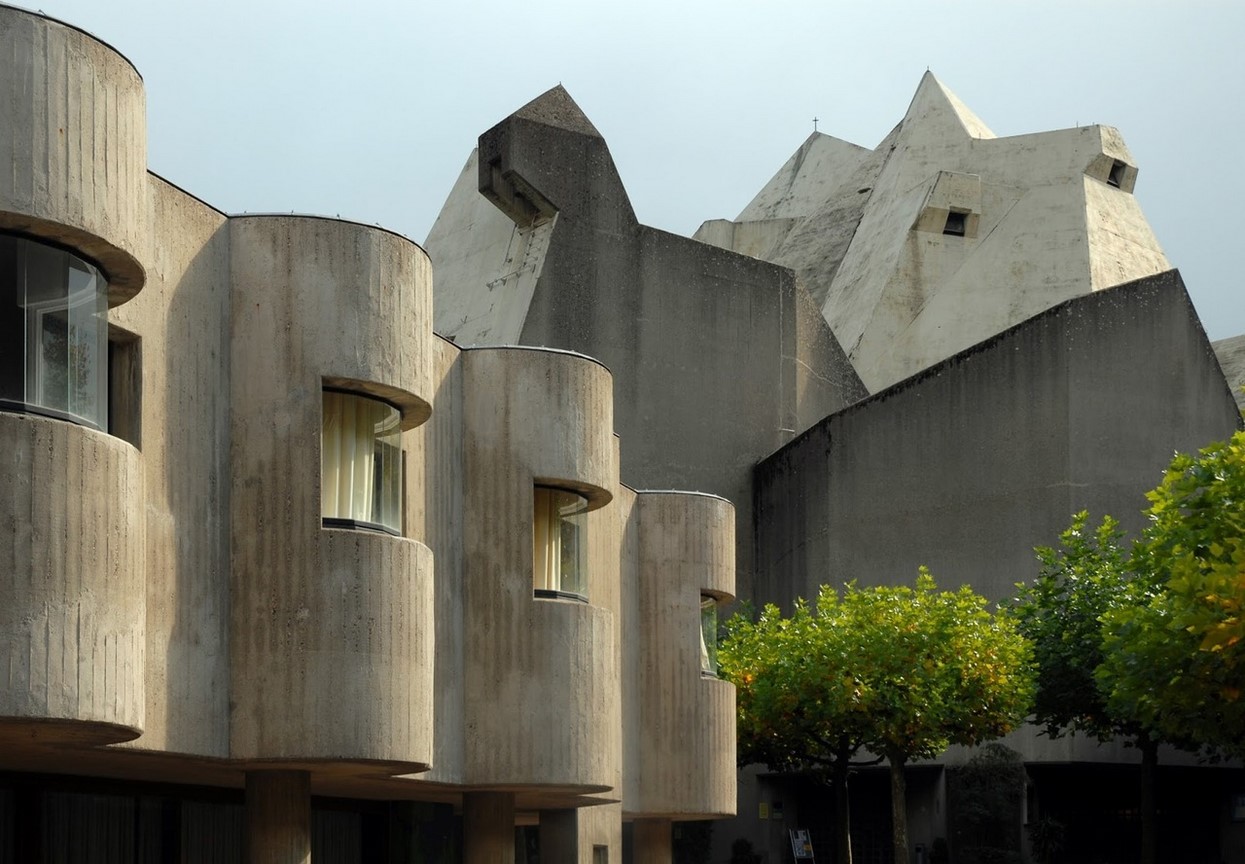
Gottfried Böhm is a German architect and sculptor, known for his highly sculptural buildings made of concrete, steel, and glass. The work of Gottfried appears to be both humble and monumental. The influence of his training at a fine arts school appears vividly in the design process of his buildings. He was against the exaggerations of the historicizing movement and mindless imitation of earlier eras and insisted on spiritually enriching human values in architecture. Although the language of his forms is not in the modernist style, he adheres to many of the ethical principles of the Bauhaus, such as austerity, honesty, and expressing one’s own time in one’s work. In 1986, Böhm was awarded the eighth Pritzker Prize for what the jury described as his “uncanny and exhilarating marriage” of architectural elements from past and present. His church and secular buildings have a strong sculptural dimension that stands out in their urban or countryside locations and shows traces as a sculptor. His career depicts the philosophy of humanism and a sense of connection with where one belongs.


